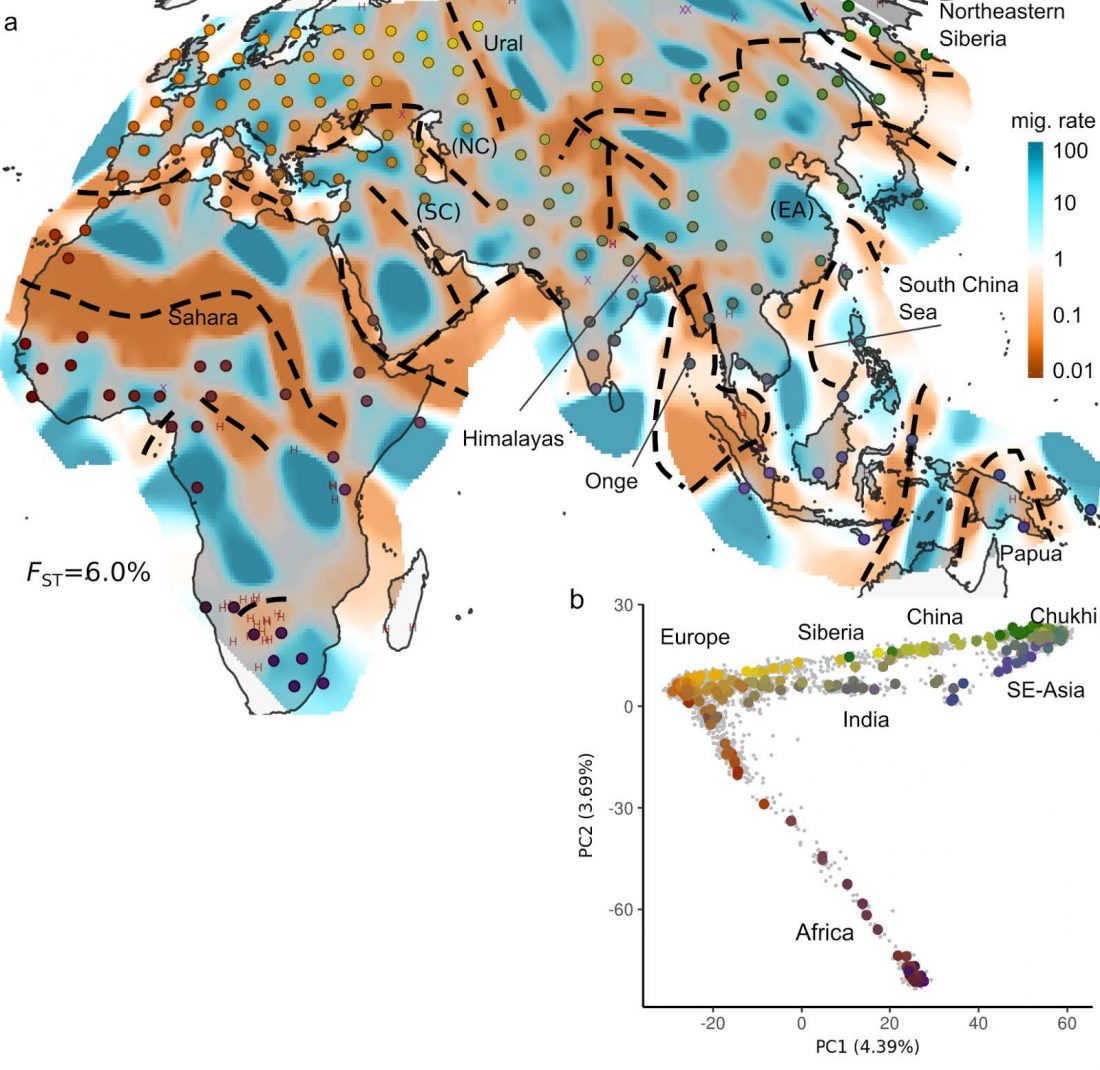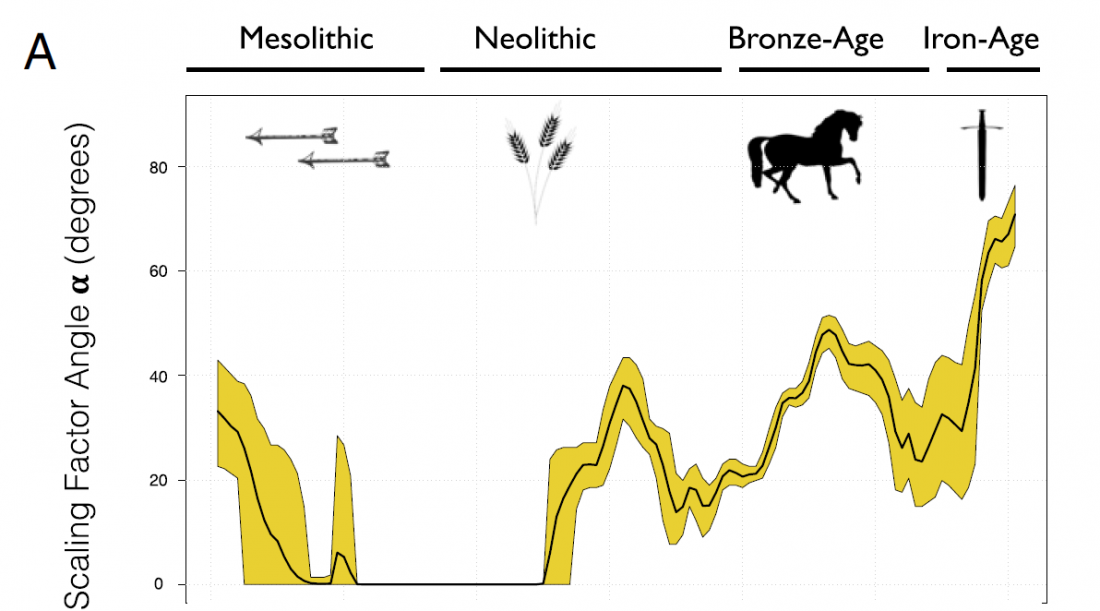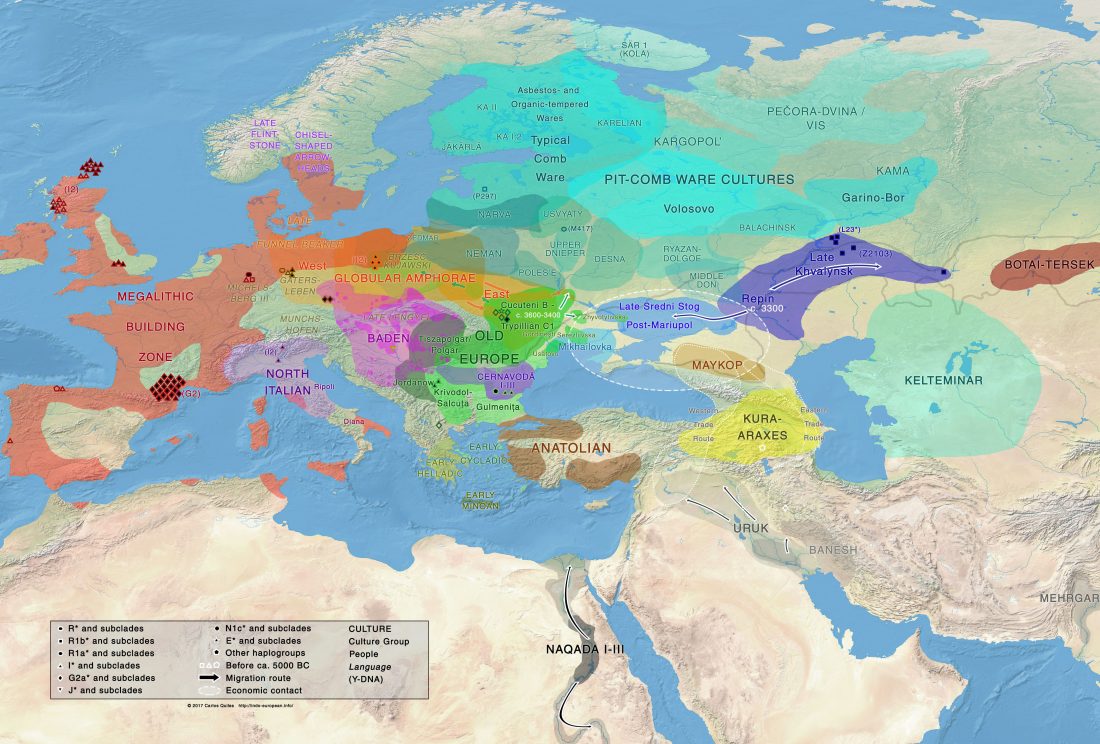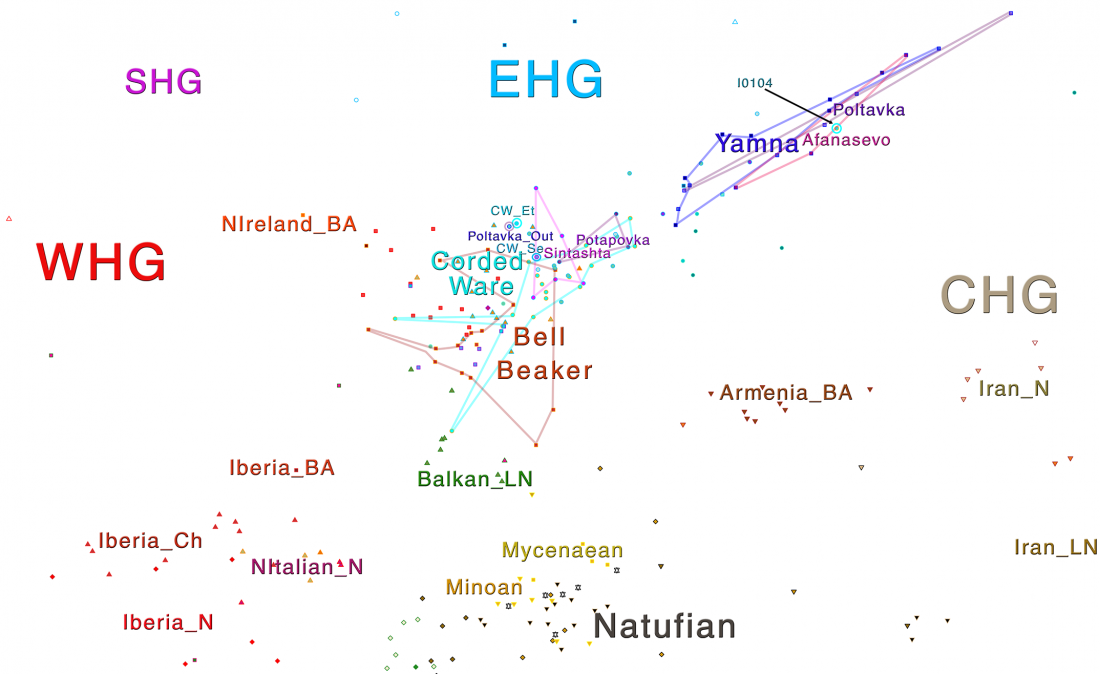Preprint at BioRxiv, Migration, acculturation, and the maintenance of between-group cultural variation, by Alex Mesoudi (2017)
Abstract:
… Read the rest “Migration, acculturation, and the maintenance of between-group cultural variation”How do migration and acculturation affect within- and between-group cultural variation? Classic models from population genetics show that migration rapidly breaks down between-group genetic structure. However, in the case of cultural evolution, migrants (or their children) can acculturate to local cultural behaviors via social learning processes such as conformity, potentially preventing migration from eliminating between-group cultural variation. To explore this verbal claim formally, here I present models that quantify the effect of migration and acculturation on between-group cultural variation, first for a





